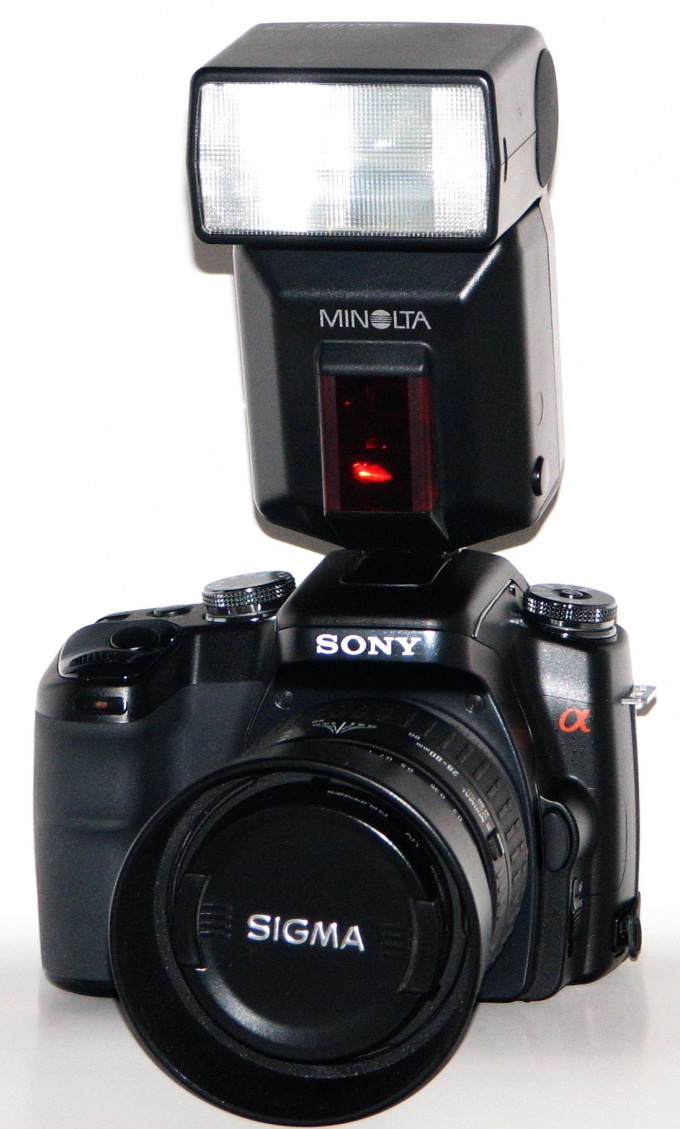You will need
- optional tripod, reflectors, external flash
Instruction
1
Built-in camera flash gives a fairly little light, so this flash pictures will work, only if you are photographing at a short distance from the object. In addition, the light from the built-in flash sharp and hard, it is not softened and not dissipated, in contrast to the additionally installed flash.
2
To soften and disperse the light from the flash, you can buy special reflectors or the use of natural – this should be a large white surface (e.g. ceiling or wall). In macro shots you can cover the built-in flash of a white sheet of paper.
3
Your camera may have different flash modes: auto, fill, forced off mode.Auto flash Auto-flash. This flash always fires when the device automatically determines what level of lighting is inadequate. Disadvantage of this mode is that the pictures often turn out very overexposed in the foreground and very dark outside the range of built-in flash.
4
Fill (balanced) flash Fill-in flash. In this mode, the flash output is determined by the existing lighting, that is, complements it, and the light in the photo looks balanced.
5
Forced flash, Forced flash fires in any conditions at full power. This mode is recommended for images that require a variety of special effects.
6
Off mode Flash off is recommended if the subject is outside the range of the flash (e.g., at a football stadium). In this case, the photographer help a long shutter speed and open the aperture much. While it is best to use a tripod.
7
If your camera has no function of fill flash can improve photo quality. Make spot metering for various lighting levels, set the shutter speed and aperture on the resulting values. Configure the flash for a couple of values below the required for that distance and set the aperture. The flash power level you can change with the ISO value.
Useful advice
Before purchasing an external flash, consider the following points: the flash needs to be powerful, to have dostatochny the angle of rotation, have different modes.
